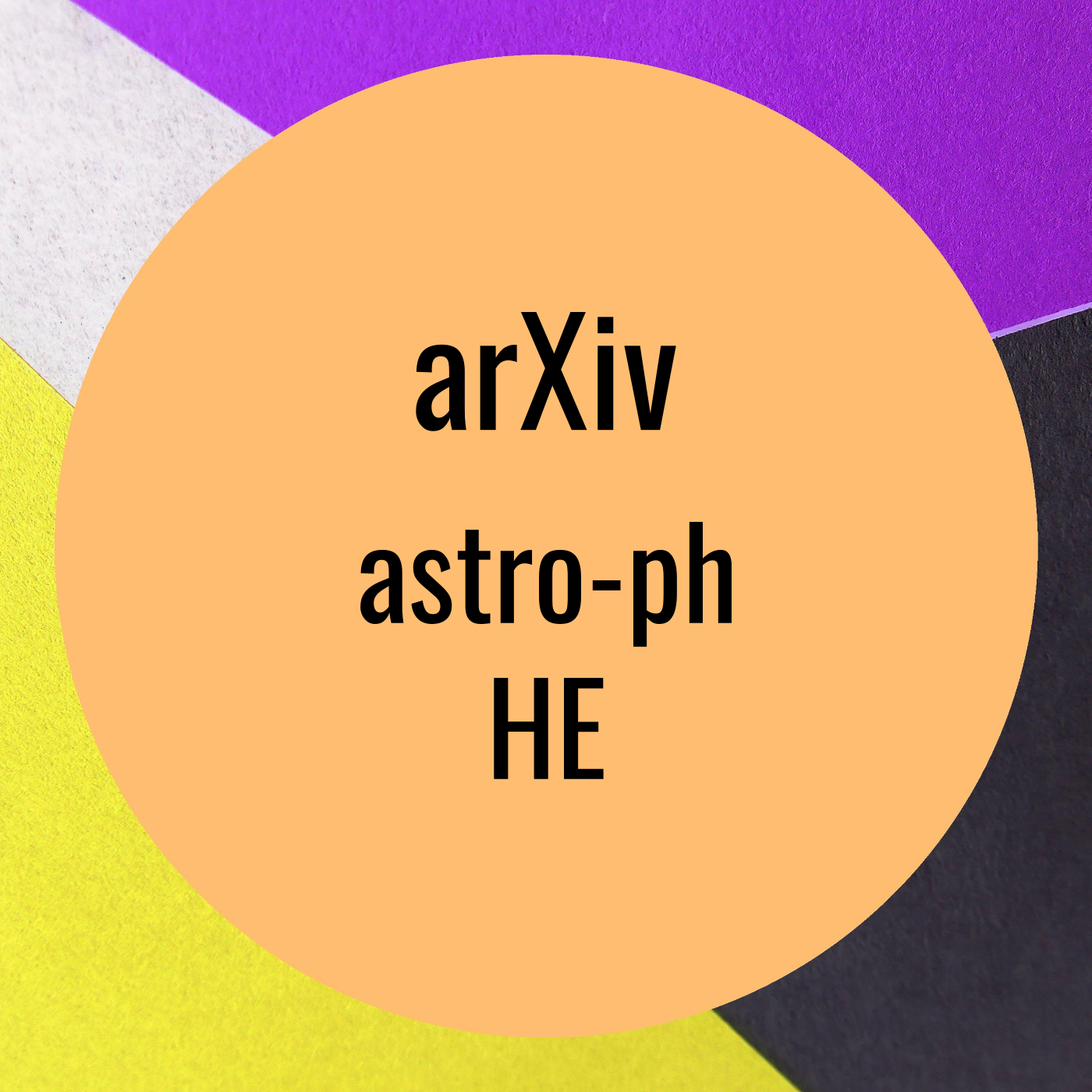A very luminous jet from the disruption of a star by a massive black hole
Description
A very luminous jet from the disruption of a star by a massive black hole by Igor Andreoni et al. on Wednesday 30 November
Tidal disruption events (TDEs) are bursts of electromagnetic energy released
when supermassive black holes (SMBHs) at the centers of galaxies violently
disrupt a star that passes too close. TDEs provide a new window to study
accretion onto SMBHs; in some rare cases, this accretion leads to launching of
a relativistic jet, but the necessary conditions are not fully understood. The
best studied jetted TDE to date is Swift J1644+57, which was discovered in
gamma-rays, but was too obscured by dust to be seen at optical wavelengths.
Here we report the optical discovery of AT2022cmc, a rapidly fading source at
cosmological distance (redshift z=1.19325) whose unique lightcurve transitioned
into a luminous plateau within days. Observations of a bright counterpart at
other wavelengths, including X-rays, sub-millimeter, and radio, supports the
interpretation of AT2022cmc as a jetted TDE containing a synchrotron
"afterglow", likely launched by a SMBH with spin $a \gtrsim 0.3$. Using 4 years
of Zwicky Transient Facility (ZTF) survey data, we calculate a rate of $0.02
^{+ 0.04 }_{- 0.01 }$ Gpc$^{-3}$ yr$^{-1}$ for on-axis jetted TDEs based on the
luminous, fast-fading red component, thus providing a measurement complementary
to the rates derived from X-ray and radio observations. Correcting for the
beaming angle effects, this rate confirms that about 1% of TDEs have
relativistic jets. Optical surveys can use AT2022cmc as a prototype to unveil a
population of jetted TDEs.
arXiv: http://arxiv.org/abs/http://arxiv.org/abs/2211.16530v1
More Episodes
Hard X-ray Observations of the Hydrogen-poor Superluminous Supernova SN 2018hti with NuSTAR by Igor Andreoni et al. on Wednesday 30 November
Some Hydrogen-poor superluminous supernovae are likely powered by a magnetar
central engine, making their luminosity larger than common supernovae....
Published 11/30/22
Fundamental physics with neutron stars by Joonas Nättilä et al. on Wednesday 30 November
Neutron stars are rich laboratories of multiple branches of modern physics.
These include gravitational physics, nuclear and particle physics, (quantum)
electrodynamics, and plasma astrophysics. In this...
Published 11/30/22
Published 11/30/22


